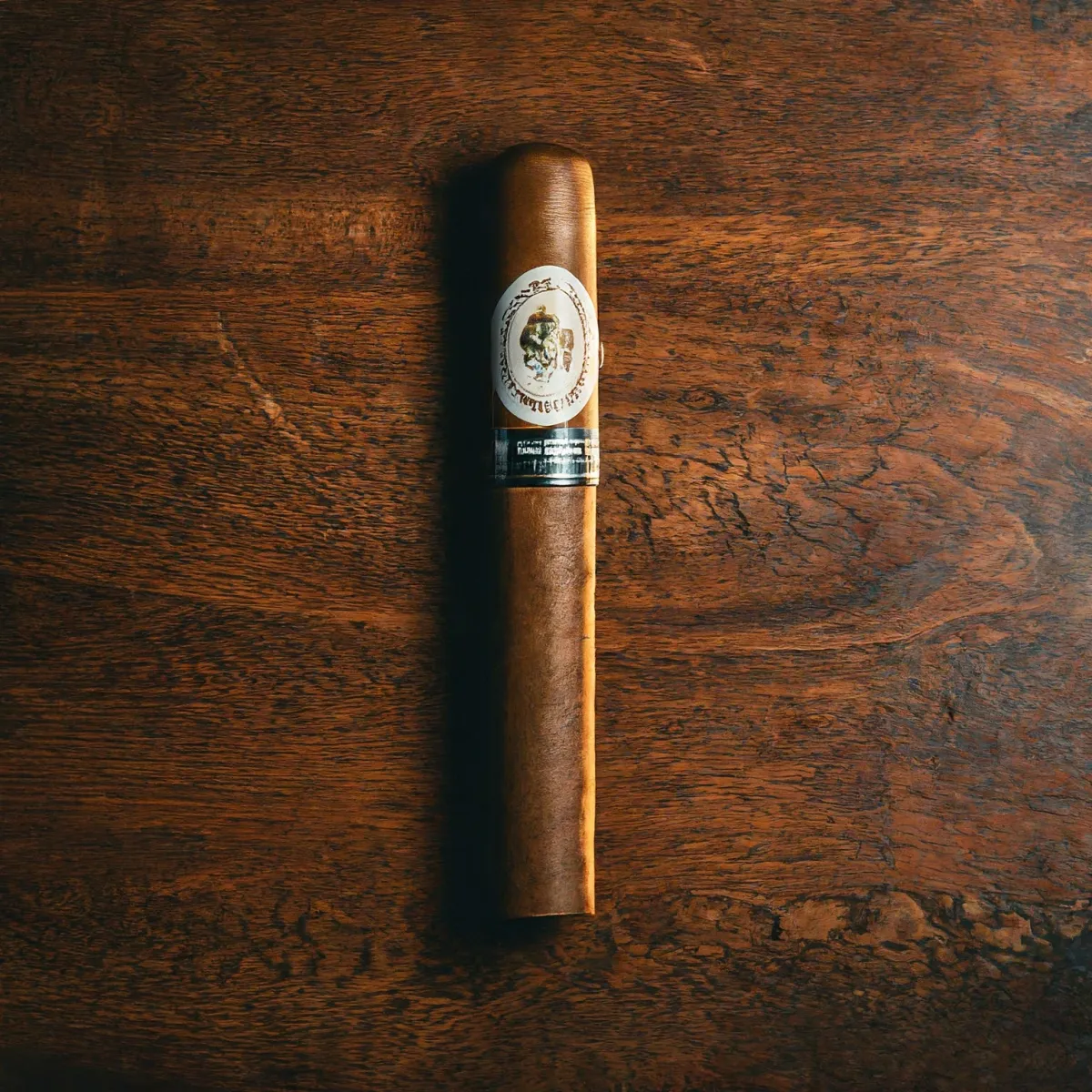
Choose the Right Cigar: A No-Nonsense Buyer’s Guide
When people search for the best cigars, they are really asking a simple question: "Which hand-rolled smoke will make me happy, right now?" Your answer depends on your taste, your time window, and your budget. This guide keeps things evergreen by focusing on unchanging fundamentals—strength, size, construction, and flavor profile—so you can pick confidently today and years from now.

The Three Big Decisions
1) Strength (Body)
Strength refers to how the cigar feels in your mouth and chest, not just the nicotine content. It’s the overall sensation that your palate and body experience. Cigars come in three major strengths: mild, medium, and full.
Mild cigars are great for beginners or people sensitive to nicotine. They offer light flavors, often with creamy or grassy notes.
Medium cigars provide a balanced experience with a more noticeable flavor profile—think cocoa, cedar, or spice.
Full cigars pack a punch, offering bold flavors like pepper, leather, or dark chocolate. These are often favored by more experienced smokers.
If you’re new to cigars or sensitive to strength, opt for mild cigars. But if you like bold flavors and fuller experiences, medium to full is the way to go.
2) Flavor Profile
The flavor profile of a cigar is what makes each one unique. A cigar’s flavor can be influenced by its wrapper, filler, and how it's constructed. Some common flavor families include:
Creamy & sweet: Connecticut-shade wrappers often deliver creamy, toasty flavors with a touch of vanilla or citrus.
Nutty & bready: Dominican and Ecuadorian cigars often bring notes of almonds, hay, or sourdough bread.
Spicy & earthy: Nicaraguan and Honduran cigars often have peppery or earthy flavors, with touches of leather or cocoa.
Dark & dessert-like: Maduro wrappers tend to impart rich flavors like molasses, espresso, and chocolate.
When selecting cigars, think about the flavors you enjoy in food and beverages. For instance, if you love coffee, you may prefer cigars with earthy, cocoa notes.

Quick Picker: Tell Me Your Situation
Use these evergreen scenarios to zero in fast:
I’m brand-new or sensitive to strength. Choose a mild, creamy Connecticut-shade robusto from a reputable Dominican or Ecuadorian-wrapped blend. Keep your first session to 30–45 minutes so you learn without fatigue.
I want a balanced daily driver. Seek a medium-bodied toro with a Habano or Sumatra wrapper from Nicaragua or Honduras; these often deliver cocoa, cedar, and a touch of pepper without overwhelming you.
I’ve got only half an hour. Go corona or petit robusto. Smaller ring gauges release flavor quickly and won’t overstay their welcome.
I’m celebrating. Reach for a well-constructed figurado or a longer toro with flawless burn and rich complexity. Pair with sparkling wine, aged rum, or single malt.
Value matters most. Many boutiques and established factories offer house blends using excellent tobaccos at fair prices. Ask for medium strength, clean burn, and consistent draw—then buy a few singles before committing to a box.
What “Quality” Really Means
Construction
A good cigar should have an even construction, with no soft spots or hard lumps. If a cigar feels uneven when rolled between your fingers, it’s likely to have draw issues. When looking at the foot (the open end of the cigar), it should appear well-packed and smooth.
Draw and Burn
A smooth draw should offer slight resistance; if it's too loose, the cigar will burn too quickly, and if it’s too tight, it’ll be difficult to enjoy. Pay attention to the burn line. A cigar should burn evenly, with a slight ring around the edge. If the cigar starts to “canoe” (burns unevenly), gently rotate it to restore an even burn.
Ash and Smoke
Ash should be compact and light gray. A clean burn leads to pleasant, flavorful smoke. If you notice dark, uneven ash, it may be a sign of bad construction or poor fermentation.
Flavor Without Guesswork
Here’s a quick method to test cigar flavor:
First light (0–10 minutes): This is when the flavor is most volatile. Look for sweetness vs. spice and the sensation in your mouth.
Middle third: This is where you’ll experience transitions in flavor. You might notice how the cigar opens up or gets richer with time.
Final third: At this point, flavors often intensify. You may notice darker, richer tones, or the cigar might get harsh. Always stop before it becomes unpleasant.
Pairing That Works All Year
The right pairing can elevate your cigar experience. Here are some timeless ideas:
Coffee: A mild cigar pairs beautifully with a cappuccino or light brew. Darker cigars work well with espresso, which mirrors their strength and complexity.
Whiskey: Bourbon’s caramel and vanilla notes work well with sweet maduro wrappers. Rye whiskey’s spice pairs with cigars that have a bit of a peppery kick.
Rum: Dark rum pairs nicely with robust cigars, offering flavors that complement the richness of the smoke.
Non-alcoholic: If you’re not drinking, try sparkling water to cleanse your palate or a hot tea to bring out the subtleties in a milder cigar.
Storage and Care (Evergreen Basics)
Humidity: Keep your cigars at 62–68% relative humidity to maintain freshness. Too high and they might develop mold; too low and they’ll dry out and lose flavor.
Temperature: Ideal storage temperatures are between 65–70°F (18–21°C). If cigars are too warm, they can lose flavor, and worse, attract tobacco beetles.
Resting Time: After buying cigars, rest them for a week or two to stabilize their moisture levels. This allows the flavors to mellow and mature.
Cutting and Lighting: Always use a sharp cutter to avoid damaging the cigar’s cap. When lighting, toast the foot evenly before taking your first draw. Puff gently, and don’t rush it—give each cigar time to reveal its full profile.
Buying Smart Without Getting Burned
Start with singles. Before committing to an entire box, try a few cigars from different brands and blends. This way, you’ll know what you enjoy.
Find trusted retailers. Shop from established online stores or local cigar shops with good reputations. They know how to store cigars properly.
Watch out for counterfeits. Pay attention to poorly constructed boxes, thin bands, and suspiciously low prices. Stick to well-known brands to avoid fake cigars.
Online vs. Local: Local stores offer the advantage of immediate guidance and fresh stock. However, online shops often have better deals. A good approach is to sample locally and buy in bulk online once you know what you like.
Evergreen Profiles by Need
For beginners: A mild, creamy cigar with a Connecticut wrapper. Look for smooth, easy flavors like toast and vanilla in a robusto or corona.
For everyday smokers: A medium-bodied cigar with a Sumatra or Habano wrapper. Expect balanced cocoa, spice, and a hint of cedar in a toro.
For special occasions: Opt for a figurado or a well-aged toro. Look for rich, complex flavors and an even burn. Pair it with a fine drink, like aged rum.
For a quick smoke: Go for a smaller ring gauge, like a petite robusto. These are perfect for a 30-minute session without overwhelming you.
For splurging: Seek cigars with high-end tobacco, intricate flavors, and a flawless burn. These will provide a premium experience for special moments.
Budget Tiers That Make Sense
Under $10: You can still find quality smokes, though they will be simpler in flavor. Look for well-constructed cigars with a clean burn.
$10–$15: A good price range for cigars that offer more complexity and flavor, with better construction and consistency.
$15–$25: Expect rich, layered flavors and superior construction. These are perfect for a special evening or a refined daily smoke.
$25 and up: At this price point, you’re paying for rare tobacco, craftsmanship, and often a beautifully presented product. These cigars are ideal for very special occasions.
Reader-First FAQ
What if I get dizzy or nauseous?
Stop smoking immediately. Drink some water or a sugary drink, and eat something light to settle your stomach. Try smoking a milder cigar next time.
How do I avoid tongue bite or harshness?
Puff less frequently and take your time. Let the cigar cool down between draws to avoid bitterness or harshness.
Is a darker wrapper always stronger?
Not always. While maduro wrappers tend to be richer and sweeter, the strength is determined by the blend, not just the wrapper.
Do I need an expensive humidor?
Not initially. You can use a small airtight container with a humidity pack (tupper-dor) as a cost-effective storage solution.
Can I relight a cigar later?
Yes, you can relight a cigar. However, it may not be as smooth as the first light. Purge the cigar and light it gently, taking your time.
Why do two of the same cigars taste different?
Even high-quality cigars can vary slightly due to differences in storage, humidity, and your personal taste on different days.

All rights reserved. © 2023 Cigar Bandz. No part of this website may be reproduced, distributed, or transmitted in any form or by any means without the prior written permission of Cigar Bandz. Unauthorized use is strictly prohibited.
+1 321-321-2720
Products & Services
Additional Information
